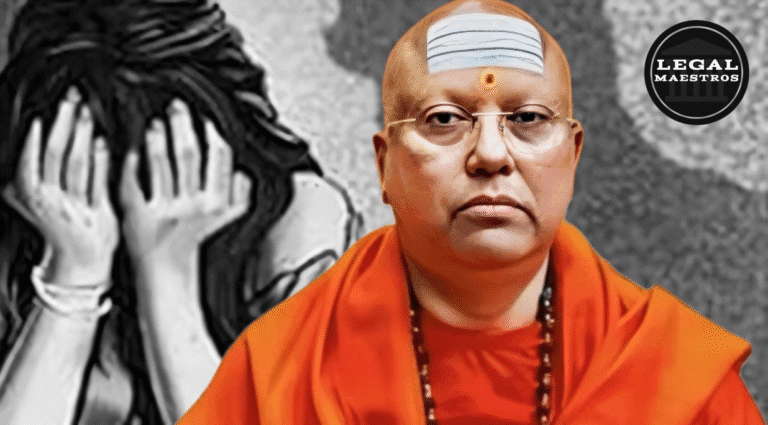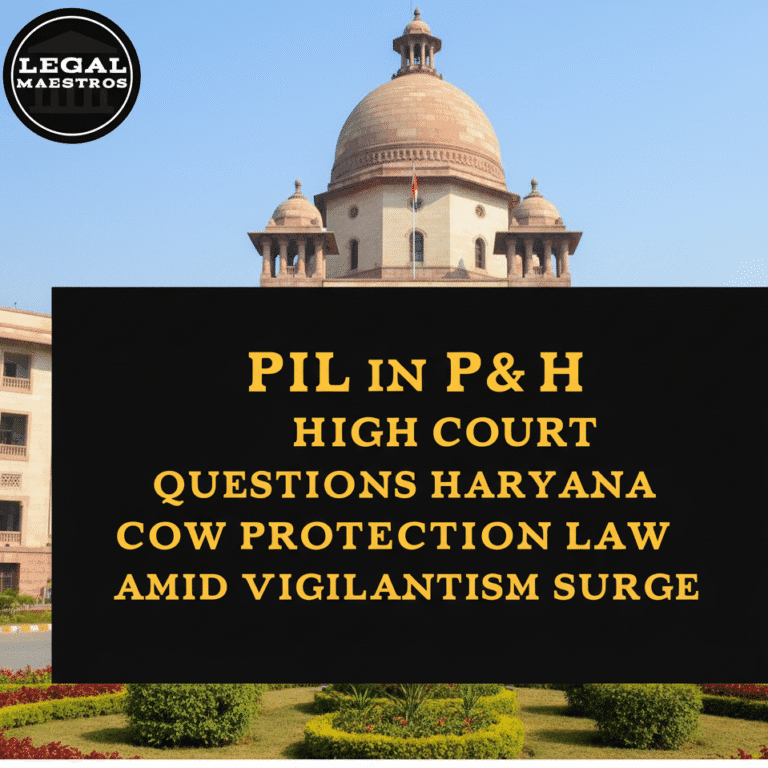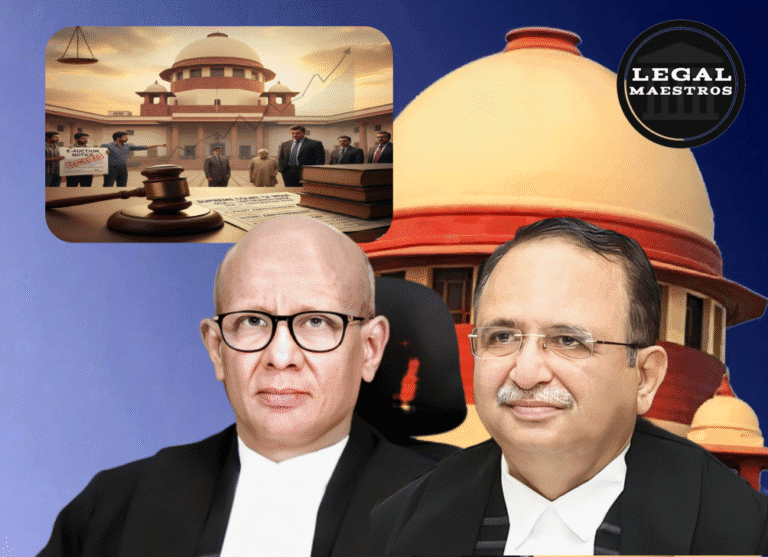
"Justice Yashwant Varma Impeachment: Next Steps Under the Judges Inquiry Act, 1968
Introduction
India has a constitutional and legal way of pursuing even the very top judicial office-holders when doubtful acts are cast on them. The chastised impeachment of Justice Yashwant Varma makes that avenue become a limelight. Parliament has powers under the Judges Inquiry Act, 1968, to examine an issue of serious allegation against a Supreme Court judge or High Court judge.
This article sheds light into the following steps taken- those that are based on most important sections of the Act to enable everyone get the idea of the way in which the system functions and why and what occurs simply in ordinary language.
Filing the Complaint: Section 3 of the Act
The move starts with a formal complaint. The Judges Inquiry Act, 1968 in section 3 offers the right to any member of either house of parliament to present a petition. Imagine a citizen, who writes to his or her Member of Parliament (MP).
In case that MP feels that the charges against him/her are well founded, i.e. case of misuse of office or corruption, then he/she can bring about the motion in the Lok Sabha or the Rajya Sabha. This move should tell the supposed misconduct or inability on the part of Justice Varma and give the facts in a precise manner so that the Parliament can know whether or not inquiry is required.
Assembling the Inquiry Committee: Section 4 of the Act
After motion has been granted support–at least one third of MPs must accept the idea of the motion going ahead–then the Section 4 comes into force. The Speaker of Lok Sabha or the Chairman of Rajya Sabha constitutes a committee of three people.
imagine a small internal affairs department in school called to investigate a complaint of unfair play and getting with them respected seniors. In this, such committee consists of two senior judges (either Supreme Court or High Courts) and an MP. It is their duty to go through evidence, interrogate witnesses and establish whether the allegacity against Justice Varma is substantial.
Conducting the Investigation: Section 5 of the Act
In section 5, they describe the work done by the committee. As much as the detective takes note of each item of a scene, the inquiry panel take details and minutes of hearings as well as admit documents as well as both sides. Justice Varma will have a chance to defend himself, summons witness and challenge evidence-giving justice. Such processes of the committee are secretive so that to safeguard reputations until factual clarity is achieved.
Preparing the Report: Section 6 of the Act
Once all the data is collected the committee has to summarize its findings under Section 6. Through this written report, this is indicated whether the judge is guilty of misbehavior or whether he is permanently incapacitated. Consider a school report card: where it collates the observation and makes a very clear conclusion: to pass or to fail. There are also exhibits that may be documented in the report such as signed statements or financial documents to be transparent in front of the Parliament.
Presenting to Parliament: Section 6 and Section 7
After the inquiry report is prepared it returns to the initiating House according to the Sections 6 and 7. The report is presented to the MPs by the Speaker or Chairman and there is a discussion whether the committee recommendation should be accepted or not. In case the committee detects no abuse, the affair is over. However in case it finds grave allegations, then it makes the second step by writing the impeachment motion.
Impeachment Resolution and Voting: Section 8 of the Act
The last stage is stipulated in Section 8. To impeach Justice Varma, the motion to impeach must contain special majority in both of the Houses, i.e., it requires two-thirds of the members present and divided in the House, and also by majority of the membership of the House.
Imagine a serious neighborhood conference in which two thirds of neighbors are required to move on an annoying neighbor. In the occasion where both Houses carry the motion, the motion is forwarded to the President of India who is mandated to pass an order to remove the office holder (judge).
Everyday Impact of the Process
This legal process can appear far-fetched to the ordinary citizens. However it also protects our faith in the courts. When the roads fall apart or when taxes are levied disproportionately, we want judges to be honest, non-biased and beyond reproach. Judges Inquiry Act, 1968 has made a clear procedure step-by-step approach thus overriding the possibility of even the highest judge overlooking charges without hearing the case fairly.
Conclusion
The possibility of justice Yashwant Varma being impeached as per the Judges Inquiry Act, 1968 is not a mere case of following the legal formalities. It is an open process on which four sections are crucial out of which: Section 3 (how a complaint begins), Section 4 (constitution of the inquiry committee), Section 6 (reporting of findings) and Section 8 (the voting and removal).
These rules are like a well-marked map that takes the Parliament through the beginning stages of allegation to culminating decision-making and the rule of accountability and justice are well taken care of, because the greatest pillars of democracy in India stand rigorous on accountability and justice. They know whom to appeal to, they know the route, and when citizens know the route they do not view it as dark process but a glowing defense of justice itself.







1 thought on “Justice Yashwant Varma Impeachment: Next Steps Under the Judges Inquiry Act, 1968”